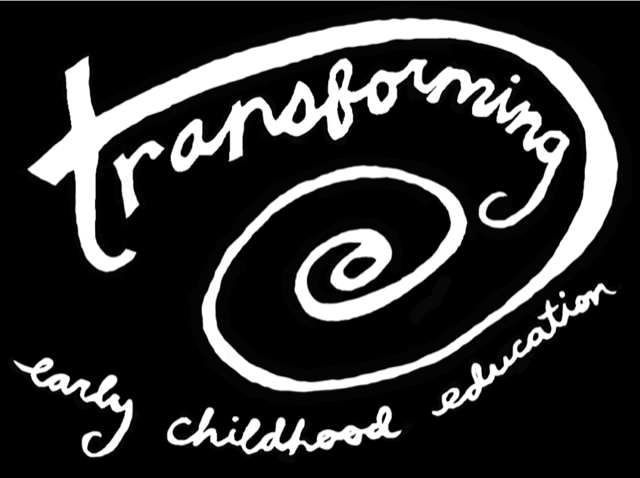What is Pedagogy?
What is Pedagogy?
I first heard the term Pedagogy early in my career when I began working at a Reggio-inspired preschool. I remember hearing program leaders use the term, but I did not know what it meant. As I grew in my ability to understand and apply important terminology to my teaching practices, I knew I never wanted to be the type of mentor/leader who used educational terms without explaining them in a way that was easy to digest and apply.
So what does pedagogy mean, why is it important, and how can you use it to grow your teaching practices?
If we look up the word pedagogy, we will find a variety of definitions based on the etymology (origin of the word.) We will focus on pedagogy as it applies to our work as child-centered early childhood professionals.
Pedagogy is the art of teaching and learning- it is our ability to reflect upon our role as a teacher and refine (adjust) our teaching practices to meet the changing needs of the students in our care. Our pedagogy is developed from a range of factors, including educational theories, research, evidence from our teaching practices, individual (and group) reflection, experience (and expertise), the needs of the community of learners (and their families), expectations, and the requirements of our programs.
Our goal in a child-led program is to provide materials and experiences that foster a love of learning. We see ourselves as co-learners who aren’t focused on rote memorization. We strive to create environments for learning that focus on the whole child- what are their needs and interests, and how can we build secure attachments with them?
When early childhood professionals are grounded in a quality pedagogy, the children in their care thrive. When our teaching (and learning) practices focus on creating connections and opportunities for meaningful interactions, the children in our care feel safe, seen, and heard- this is what they need more than anything else.
How can you develop and grow your pedagogy?
You will need to:
Understand that intentional teaching occurs in child-initiated experiences. These experiences can be spontaneous, or they can be planned.
Understand that intentional teaching is based on our interactions with children and their families. During these interactions, we understand the child’s needs, where they are in their development, and how we can support their families.
Grow your content knowledge to help extend the children’s thinking. See yourself as a co-learner and find joy in discovering new information.
Be open-minded (and curious) when learning about a child’s cultural identity and family composition.
See each child as an individual. Understand that they have their own identity, interests, and background. Use this information as your guide when building relationships and creating engaging experiences.
Develop a range of teaching (and learning) techniques:
Modeling - using ourselves as an example for children to learn how to relate to their peers, be self-aware, regulate emotions, etc. We need to be competent in the skillsets we are using as an example.
Scaffolding - observing a child and providing the support they need to succeed at a task. We need to know when to step in and when to step out.
Fostering Language Development - understanding when to listen and when to speak. Remembering that young children need us to listen more than we speak. Being skilled in serve and return interactions is critical to our teaching practices.
Behavior Guidance - understanding that children should not be punished for being children. They need a trusted adult to help them navigate their emotions (co-regulation) and assist in the development of peer relationships.
ask yourself-
What is an appropriate balance between proactive planning for children’s play and respecting children’s play without interference?
What should be my role in supporting, partnering with, or regulating young children’s play?
How can my awareness of cultural diversity in play be used to inform what materials I provide to the children?
What can I learn from children about the importance and meaning they attach to their play?
How can the potential of ‘play as pedagogy’ be applied in ways that maintain a balance between children’s freely chosen activities and my wish to plan and structure play towards specific goals?



